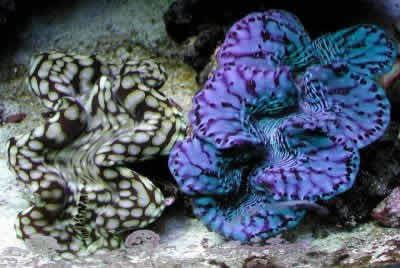Family Cardiidae Scientific name Tridacna Order Veneroida | Rank Genus | |
Lower classifications Giant clam, Maxima clam, Fluted giant clam, Boring clam, Southern giant clam | ||
How to care for tridacna clams in your saltwater aquarium
Tridacna is a genus of large saltwater clams, marine bivalve mollusks in the subfamily Tridacninae, the giant clams. They have heavy shells, fluted with 4 to 6 folds. The mantle is brightly coloured. They inhabit shallow waters of coral reefs in warm seas of the Indo-Pacific region. These clams are popular in marine aquaria, and in some areas, such as the Philippines, members of the genus are farmed for the marine aquarium trade. They live in symbiosis with photosynthetic algae (zooxanthellae). Some species are eaten by humans.
Contents
- How to care for tridacna clams in your saltwater aquarium
- Underwater tridacna squmosa crocea maxima clams in 75 gallon reef tank
- Systematics and phylogeny
- Anatomy
- Ecology and behaviour
- Artistic use
- References
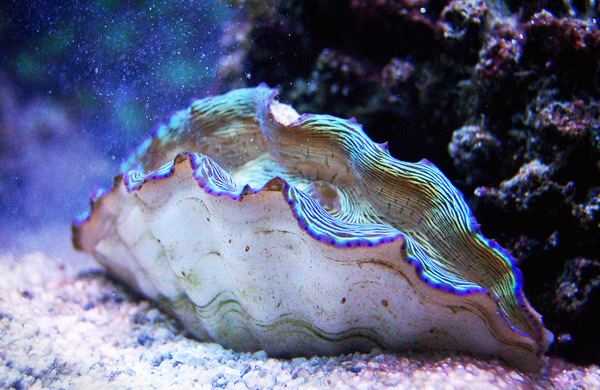
Underwater tridacna squmosa crocea maxima clams in 75 gallon reef tank
Systematics and phylogeny
The genus contains two subgenera and the following species:
Subgenus Tridacna (Tridacna)
Subgenus Tridacna (Chametrachea)
Jantzen, Al-Zibdah & Richter 2008)
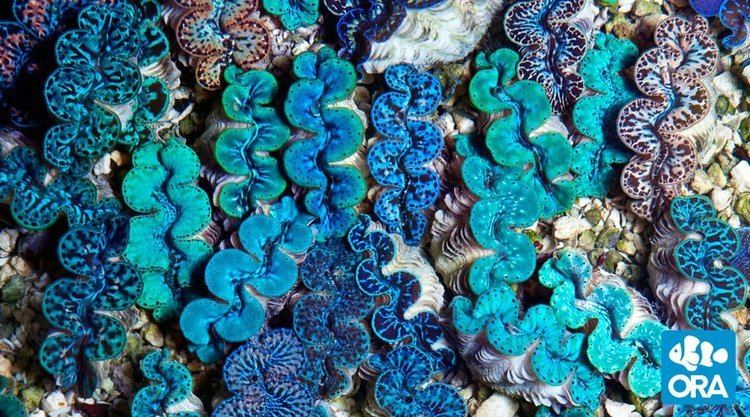
An alternative older classification recognises a third subgenus Persikima containing T. derasa and T. mbalavuana. Recent biochemical studies have suggested that there may exist morphologically indistinct cryptic species.
Anatomy
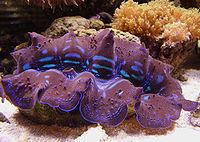
Compared to other clams, the soft mantle that secretes the shell is greatly expanded. The clams even have small lens-like structures called ocelli through which light penetrates.
Ecology and behaviour
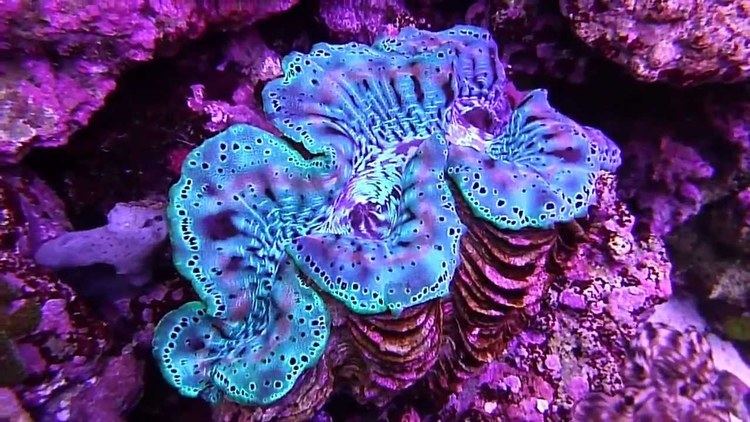
Tridacna clams are common inhabitants of Indo-Pacific coral reef benthic communities in shallower waters. They live in symbiosis with photosynthetic dinoflagellate algae (Symbiodinium) that grow in the mantle tissues. Light penetrates the mantle through small lens-like structures called ocelli. They are sessile in adulthood. By day, the clams spread out their mantle so that the algae receive the sunlight they need to photosynthesize, whereas the colour pigments protect the clam against excessive light and UV radiation. Adult clams get most (70-100%) of their nutrients from the algae and the rest from filter feeding. When disturbed, the clam closes its shell. The popular opinion that they pose danger to divers who get trapped or injured between the closing sharp-edged shell is not very real, as the closing reaction is quite slow. Their large size and easy accessibility has caused overfishing and collapse of the natural stocks in many places and extirpation in some of the species. They are being sustainably farmed in some areas, both for the seafood market in some Asian countries and for the aquarium trade.
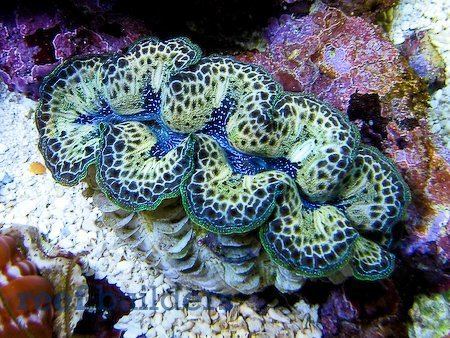
Tridacna clams can produce large white pearls with an undulating, porcelain-like surface, which may be described as "non-nacreous pearls". The "Pearl of Lao Tzu", also known as the "Pearl of Allah", is the world's largest pearl weighing 6.4 kilogrammes; it was said to have been found inside a Tridacna gigas by a Filipino diver in 1934.
Artistic use
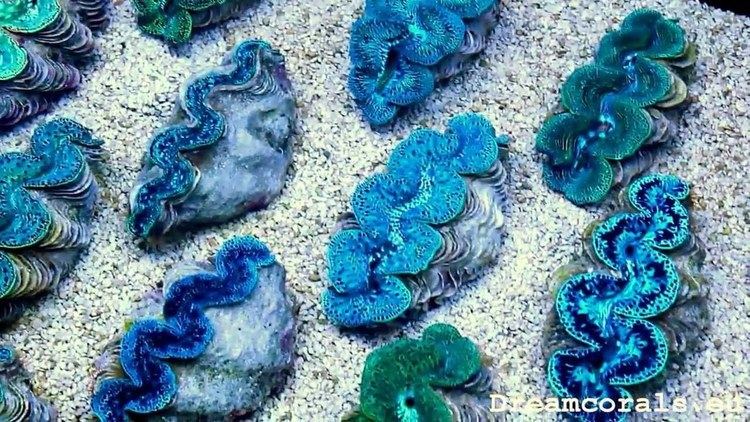
Over a hundred examples of carved Tridacna shells have been found in archaeological expeditions from Italy to the Near East. Similar in artistic style, they were probably produced in the mid-seventh century, made or distributed from the southern coast of Phoenicia. The backs and interior perimeters of the shells show animal, human, and floral motifs, while the interiors typically show recumbent sphinxes. The umbo of the shell is in the shape of a human female or bird's head. They were probably used to store eye cosmetics.
